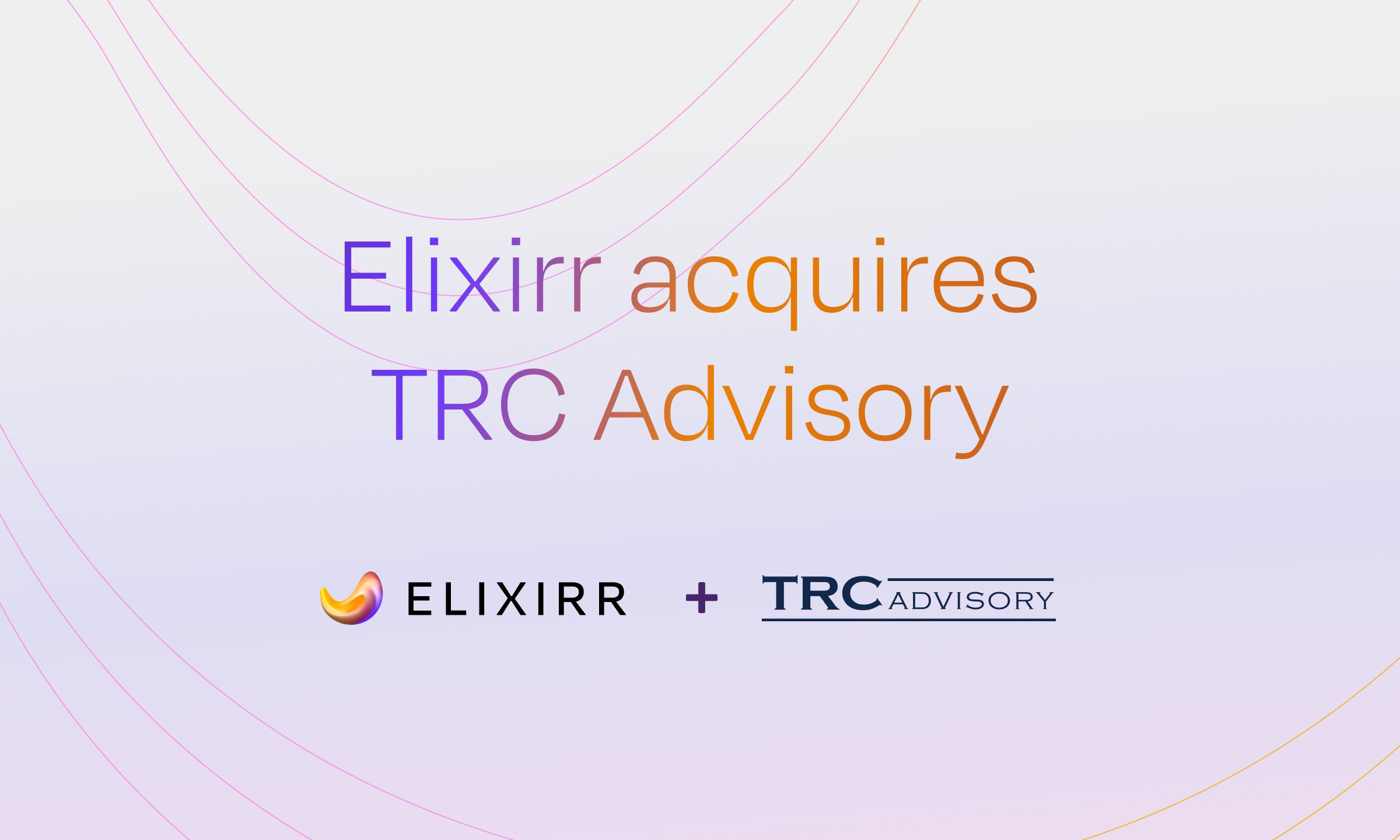Articles
Pending boarding or last call? Why the time for personal lines transformation is now
The AI-enabled future of personal lines insurance is about to take off. The only question is whether we’re at ‘pending boarding’ or already at last call. With a brutal combination…

The AI-enabled future of personal lines insurance is about to take off. The only question is whether we’re at ‘pending boarding’ or already at last call. With a brutal combination of soaring claims costs, aggressive consolidation, and an accelerating arms race in AI, the industry is shifting fast. Scale, speed and smart technology now decide who leads – and who fades into the background.
For insurers weighing their next move, digital transformation is no longer a long-range aspiration – it’s become an existential imperative. Property repairs and motor parts are more expensive than just two years ago, driven by supply-chain disruption, labor shortages and stubborn inflation. A record run of secondary perils, floods, convective storms, wildfires, hasn’t helped.
The average Net Combined Ratio (NCR) for home insurers hovers around 118%, although motor has improved significantly to 96.6% in 2024. Even where rates are catching up, profitability remains razor-thin and highly volatile. Those who stayed the course are now well-positioned to benefit. Those who cut capacity or lost distribution ground face a steep climb to recover.
As aggregator dynamics evolve and embedded models mature, insurers that aren’t digitally integrated risk becoming invisible at the point of sale. In an era of margin compression, scale has emerged as a clear route to capital efficiency, data richness and investment firepower. Through consolidation, larger players can deploy heavier tech budgets, harness broader data ecosystems, and spread fixed costs over greater volumes.
Recent high-profile moves include:
- Aviva’s £3.7bn acquisition of Direct Line Group (DLG) – creating the UK’s largest personal lines player by combining scale and tech-driven efficiency
- Ageas’ £1.3bn acquisition of Bain-backed Esure – blending broker strength with retail, data and multi-channel distribution.
- Allianz UK cutting 650 personal lines roles – to reinvest in digital capability despite strong profit growth.
These moves put small-to mid-sized insurers on notice. Without a defensible niche or deep pockets, they risk becoming either takeover targets – or irrelevant.
But scale alone isn’t enough. In today’s personal lines environment, AI is the engine that turns size into advantage. When implemented with purpose, AI can accelerate transformation – by reducing cost, sharpening pricing, improving risk assessment and elevating service.
Practical use cases include:
- Real-time underwriting & pricing – Machine-learning models adjust quotes dynamically using data from telematics, sensors, and third-party sources.
- Claims efficiency – AI can assess photo damage in seconds, detect fraud early, and reduce manual intervention via intelligent workflow.
- Personalised engagement – GenAI chatbots handle routine queries while predictive engines drive retention and upsell.
UK examples include:
- Admiral is testing GenAI chat for policy servicing, aiming to reduce contact center demand.
- Aviva is refining real-time ML pricing models for motor and home renewals.
- Hastings uses predictive analytics to speed up claims triage and detect fraud.
- Comparethemarket is exploring LLMs to match policy terms to customer needs.
In consolidation scenarios, AI also accelerates integration – unifying data, automating redundancies, harmonising risk models and maintaining customer experience during change. Early adopters are already lowering expense ratios and reinvesting savings to boost their pricing edge.
A playbook for insurers
- Focus on the moments that matter: Prioritize digital investments that improve cover selection and claims experience – the two points of highest customer value.
- Elevate the data strategy: Define a unified data model, invest in real-time ingestion, and implement strong governance frameworks to enable AI.
- Adopt a customer-first mindset: Design journeys around how customers want to engage – not around legacy processes.
- Collaborate across the ecosystem: Partner with insurtechs, big tech, data providers and insight networks to accelerate innovation.
- Embed agility: Foster a culture of continuous improvement with the operating model and mindset to match – transformation isn’t a one-time event.
Winning in personal lines increasingly means showing up where the customer already is when they want to buy – through smart partnerships, seamless integrations and data agility.
Conclusion
Insurers now face a pivotal choice. Legacy systems can either become springboards for innovation – or bottlenecks that block progress. In a market defined by scale, speed and intelligence, hesitation is no longer neutral, it’s a strategic disadvantage. But this isn’t about being first. It’s about being ready. The opportunity now is for bold leaders to make sensible, confident moves. To modernize core systems. To unify data. To embed intelligent automation – not to chase hype, but to serve customers better and compete smarter. Digital transformation, underpinned by purpose and precision, remains the clearest path to long-term relevance. This is a moment not to fear – but to lead.
















